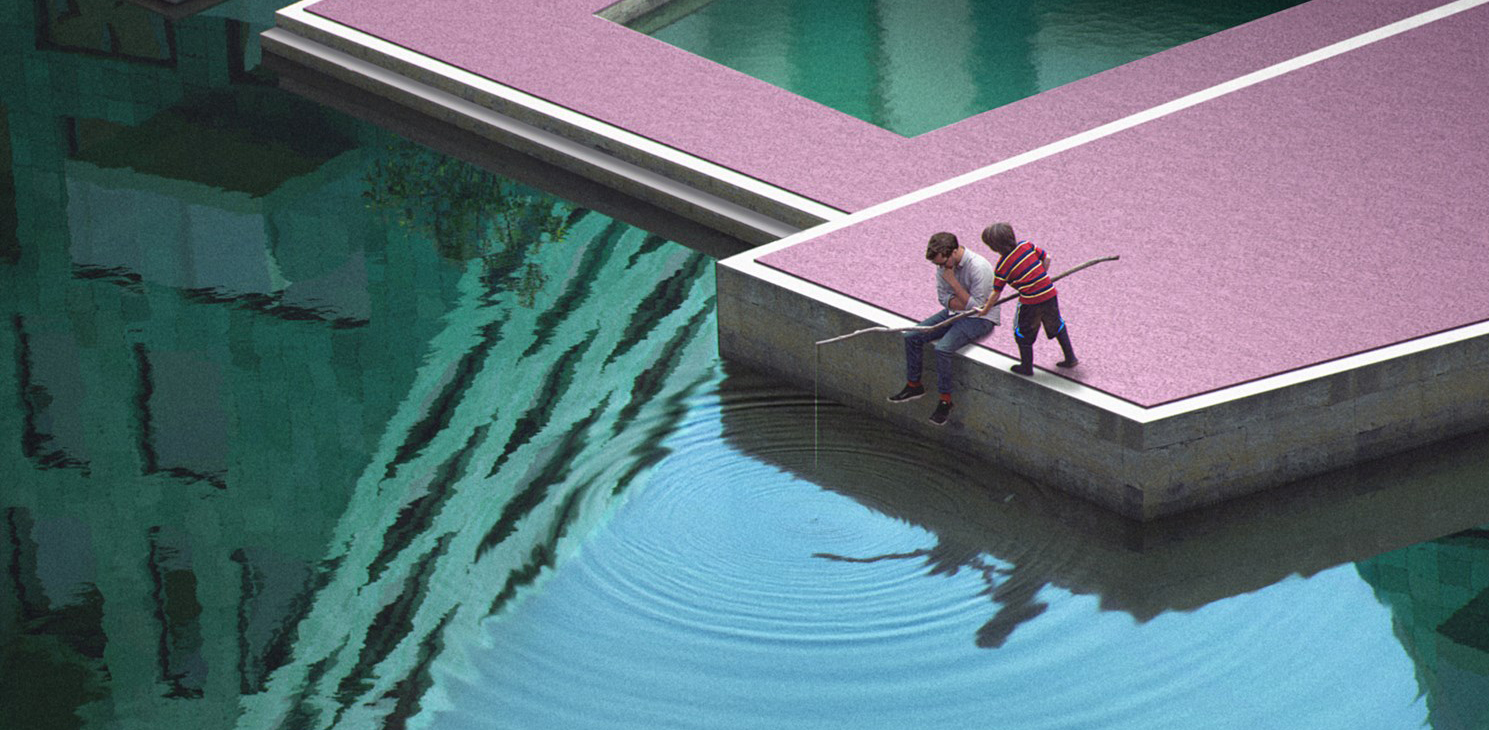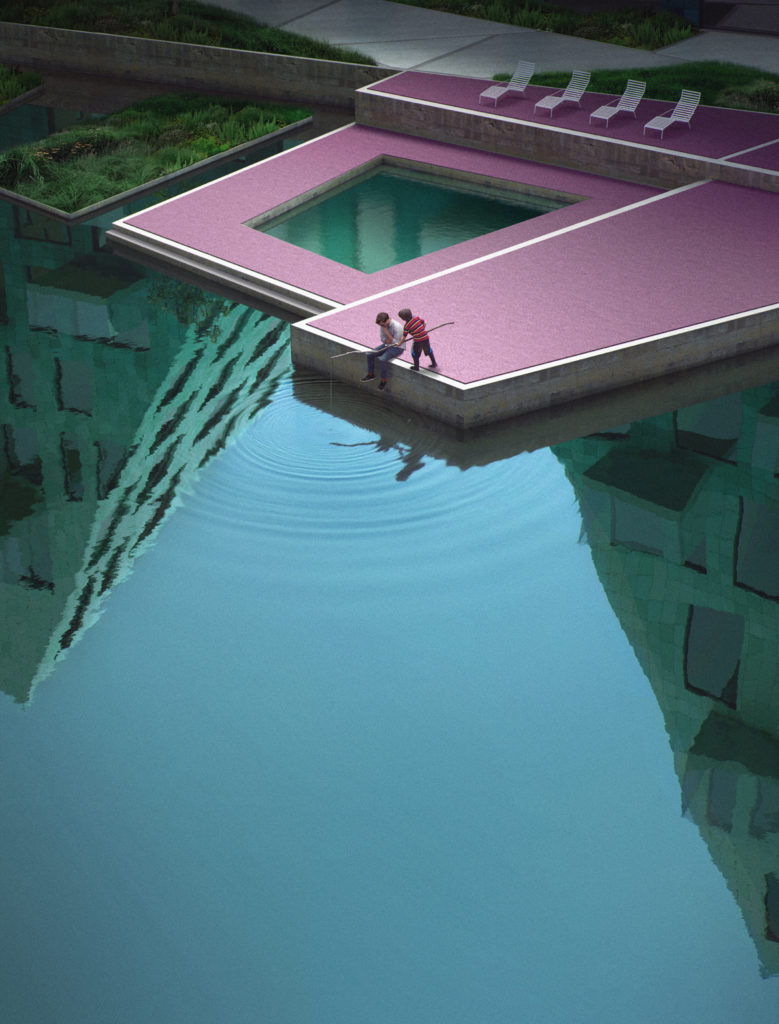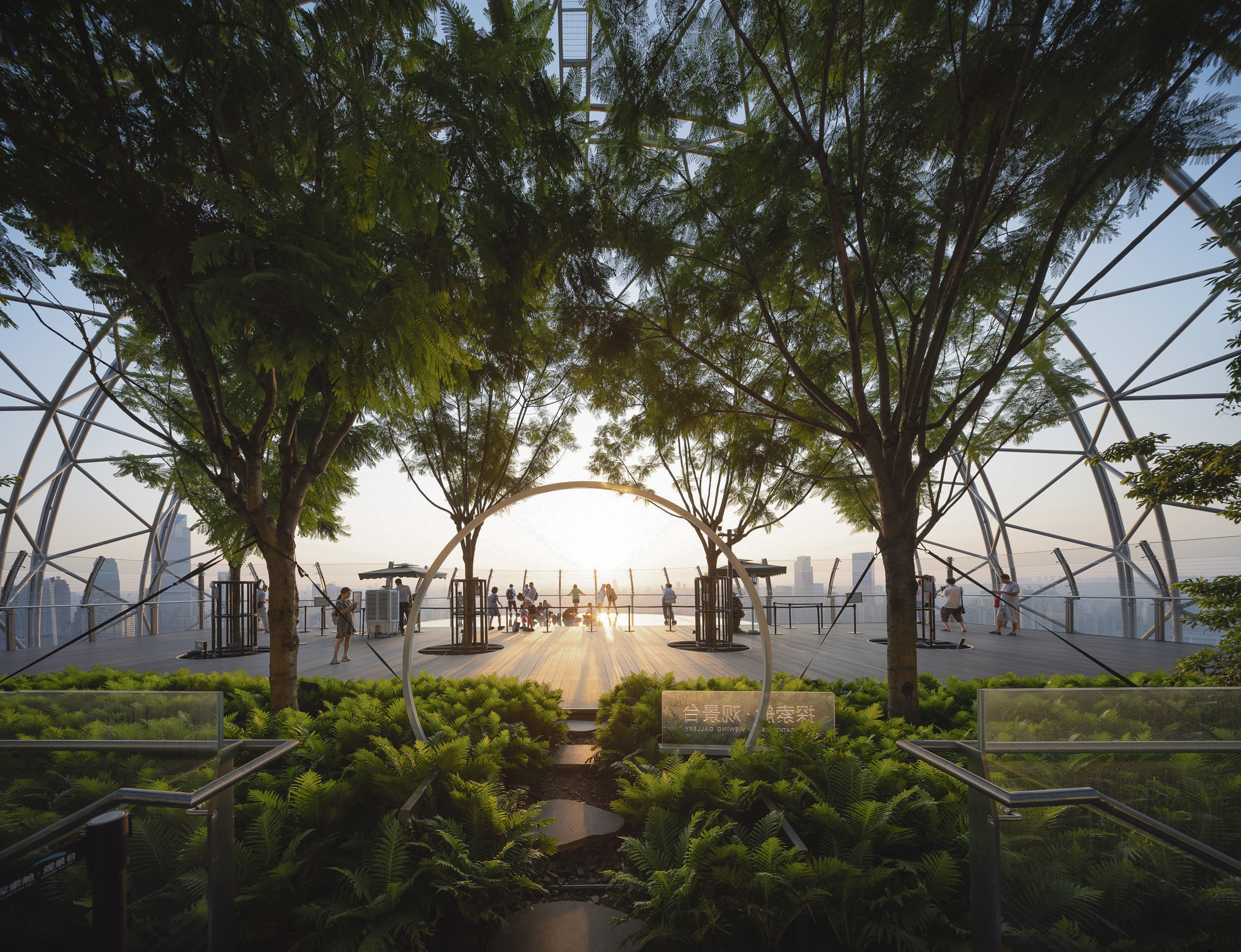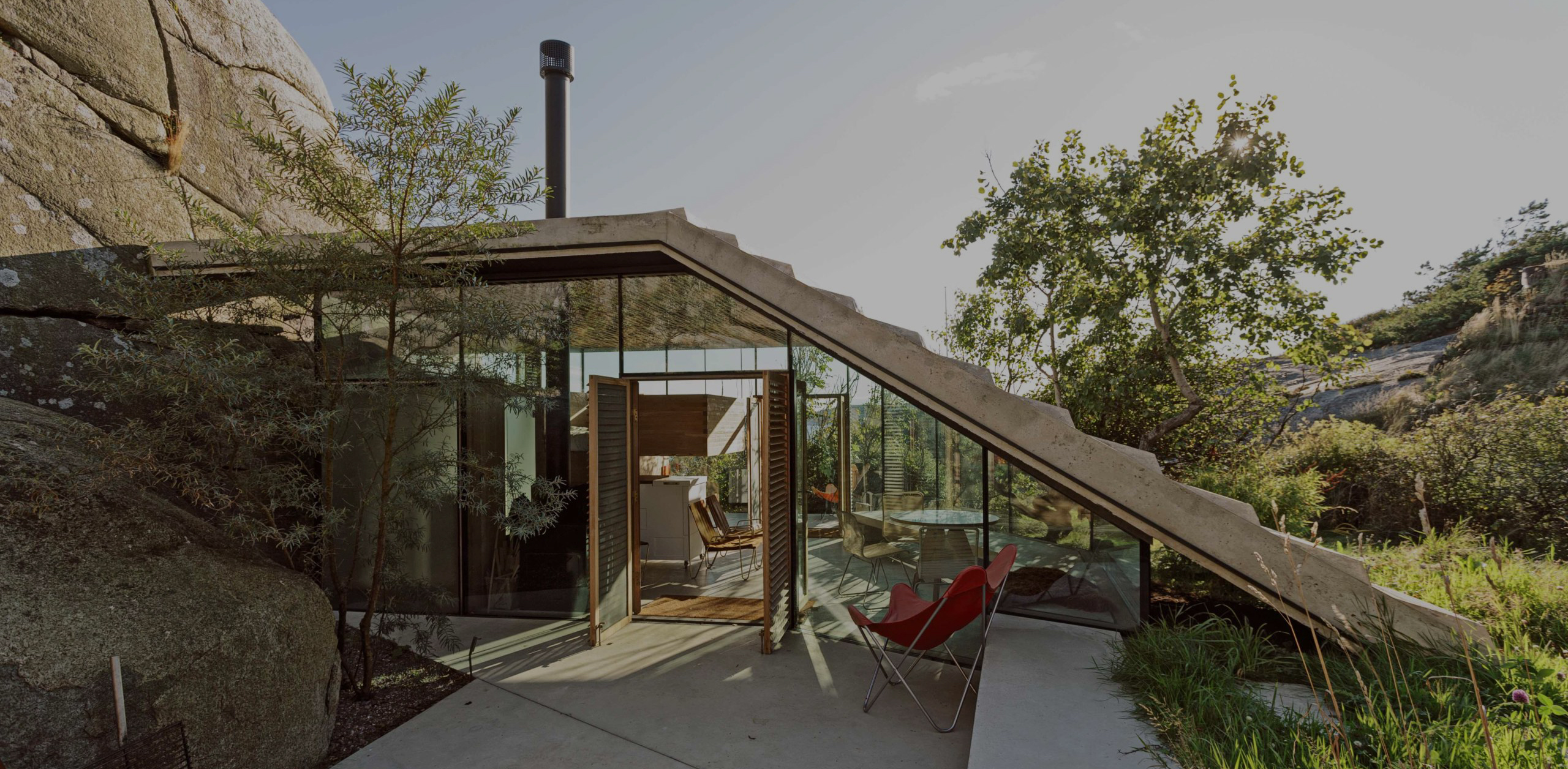Architizer is delighted to reveal the winners of the 2025 Vision Awards! We'll continue celebrating the power of architectural representation — get on the program mailing list by clicking here.
Before getting into the more nuanced aspects of photorealistic visualization, it is useful to properly define the term and its role in the process of marketing architecture. Photorealism shouldn’t be used as a blanket term describing an accomplished rendering. From the technical standpoint, an image that can’t be distinguished from a photograph can impress the visualization community, but it can also be nothing more than a faithful representation of a boring photograph.
In partnership with
There are many technically accomplished photorealistic renderings, but like with all creative content, if the first impulse when looking at a visual is to try and figure out the mechanics behind it, the image has failed to fulfill its purpose.
Even in the case of realism, the 19th-century art movement, the most representative examples are always evocative, and have strong thematic and aesthetic undercurrents. Comparing architectural visualization to an artistic movement my seem like an overreach, especially considering the utilitarian role of the former, but the kernel of creative representation is and will always be present in the way designers choose to portray spaces. In fact, one could argue, particularly considering its primary task, which is to “sell” an idea, architectural visualization relies on the need to engage viewers on an emotional level.
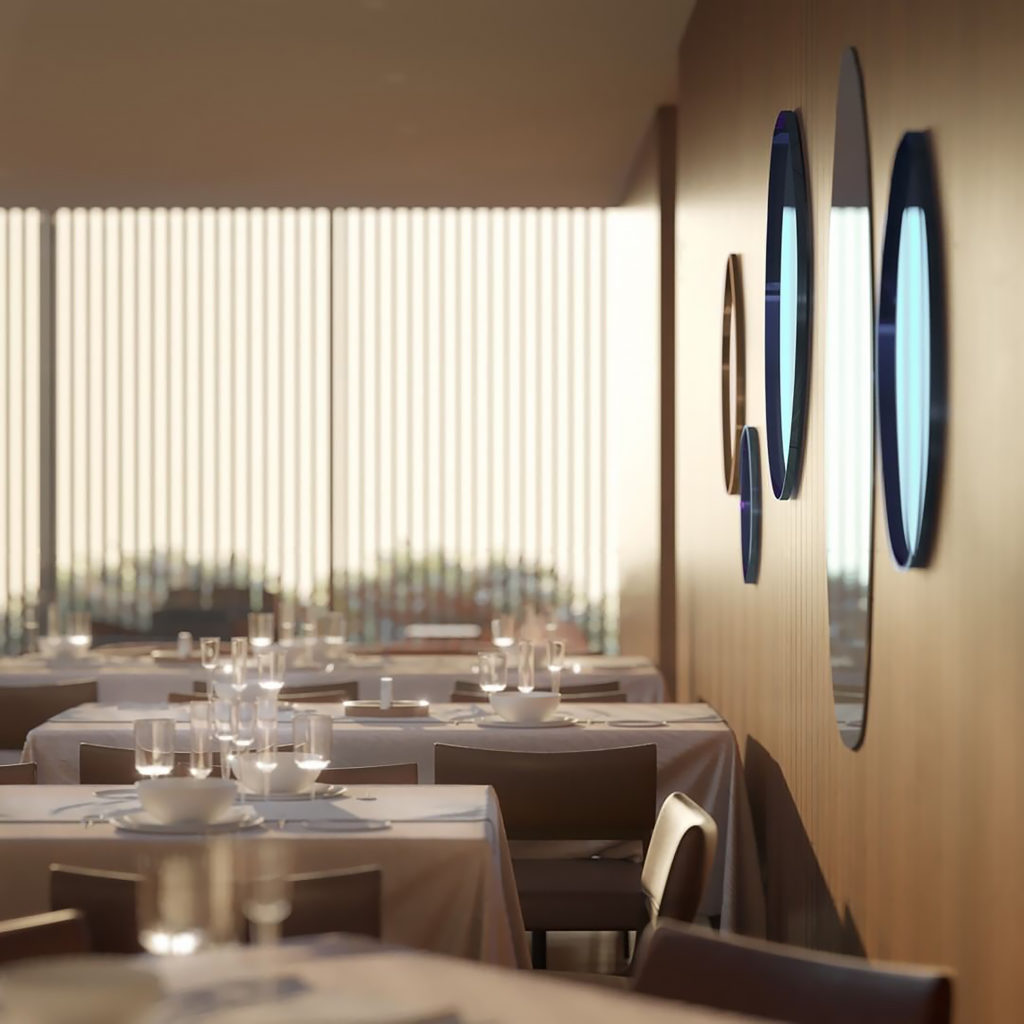
Image by Blackhaus Studio
A common occurrence found among many photorealistic renders is a sort of clinical precision that makes an image look realistic, but soulless. This type of image makes no impression, despite the fact that everything in it looks right. These, most often, amount to little more than the sum of their parts. This is exactly why architectural visualization is and always will be more than achieving photorealism.
How did we get to the point where photorealistic visualization is being vilified? It mostly relates to its role as a faithful visual communicator of built space. Over the years photo-realism in architectural visualization has been subject of many debates, placing at their center ethical, as well as aesthetic considerations. The architectural community raised, and rightfully so, the question of accurate representation that often runs counter to the instincts that drive most visualization artists, which is creating compelling, beautiful imagery.
It seems reasonable that the industry rests of the need for flattering representations of projects, but there is a point at which flattery becomes outright, deliberate misdirection. The issue here is not embellishment – kitschy and corny details are irrelevant- the problem arises when clients try to conceal or misrepresent, through visualization, the true dimensions of a project, its impact on the immediate surroundings, or, for example, make a dark, north-oriented space appear sundrenched. Where do architectural visualizers fit into this process?

Image by Double Aye
The architectural visualization industry, like all service industries, reacts to market demands. Visualization studios, as well as freelance artists, often receive projects before the design phase is complete. More often than not, through the process of creating visuals, designers make decisions that will define the final look of the building. Some designs continue to change even after the visuals are done (visualization is a tiny part in the process that brings designs to reality).
Like many people working in the field of architectural visualization, I studied architecture, worked as an architectural designer for a while before switching completely to visualization. I can read plans, understand spatial qualities and (on the best of days) envision a project at a specific moment when the light is just perfect. I am yet to encounter a project that’s completely irredeemable — most buildings that come my way have interesting moments worth celebrating. This is pretty much where my responsibility toward the built environment stops. Whether I take a larger interest is my prerogative — not a moral obligation.
The mantle of responsibility is, and should be carried by architects, industry decision makers and, ultimately, buyers. What we visualizers can do is to try and choose our clients carefully and base our work on integrity and trust. While larger studios have the leverage needed to take risk and turn down work, this is a much tougher challenge for small studios and freelancers.

Image by Double Aye
The issue of photorealism is not cut-and-dried, and its many critics fail to recognize that its vilification is largely due to the lack of understanding of renderings’ role in the process of marketing architecture. Images are meant to entice and yes – seduce, but they shouldn’t take the blame for professionals’ inability — it there is any — to grasp the complexity of an architectural project. It seems that the issue most have with architectural representation has little to do with photorealism, but instead suggests a deeper crisis in today’s architecture.

Image by Stab Studio
The fact of the matter is, photorealism has evolved in step with technological development that shapes the production of digital content- everything created as an artifice is increasingly gaining a life-like quality — from virtual avatars, VR tours, 3D LED displays, to immersive video games and cinematic CGI.
Like many others, photorealistic architectural visualization has become an undeniably powerful tool that can be misused, but is certainly not going away. This leaves the architectural community with the task of analyzing projects with more scrutiny and visualization studios of choosing their partners wisely.
Architizer is delighted to reveal the winners of the 2025 Vision Awards! We'll continue celebrating the power of architectural representation — get on the program mailing list by clicking here.
